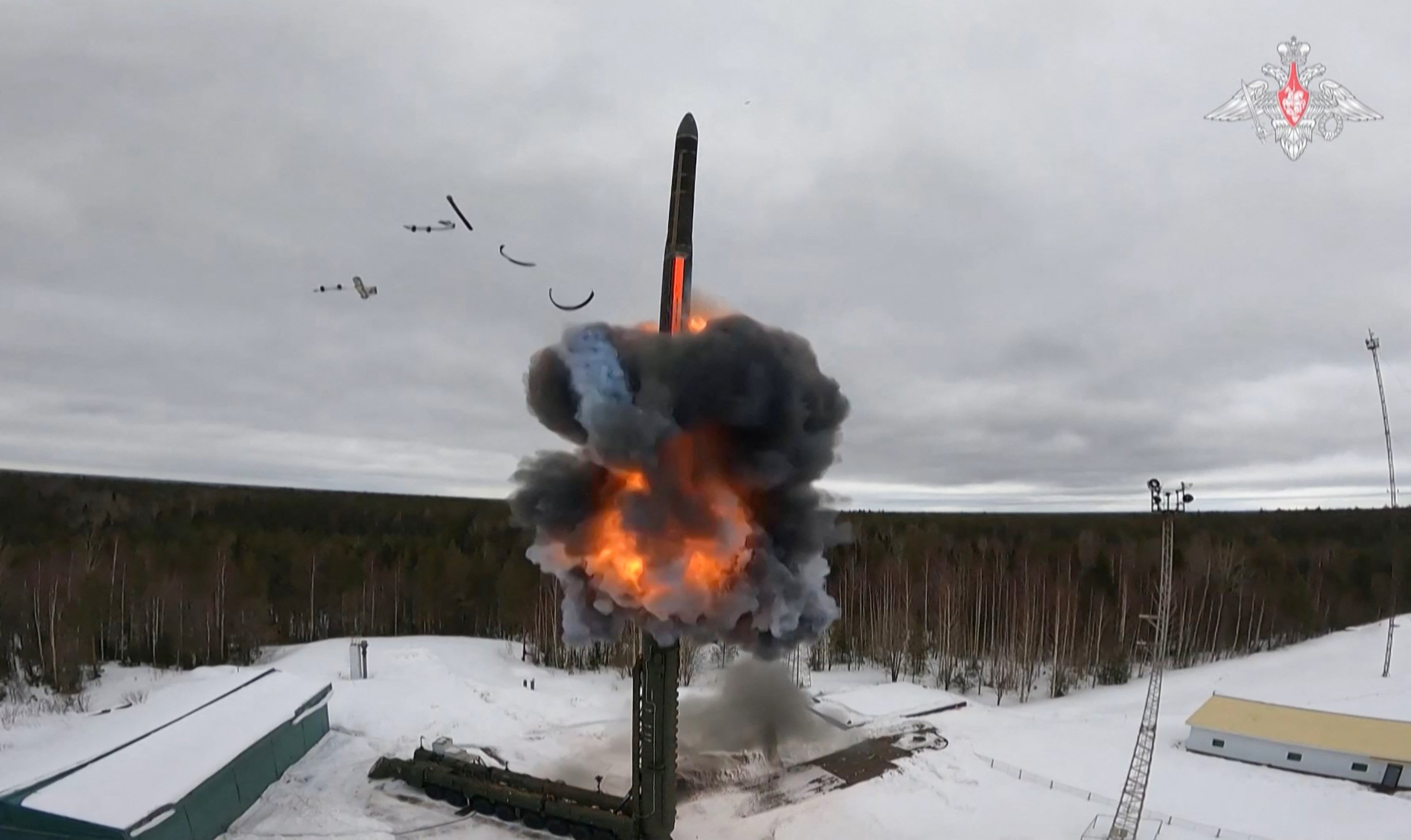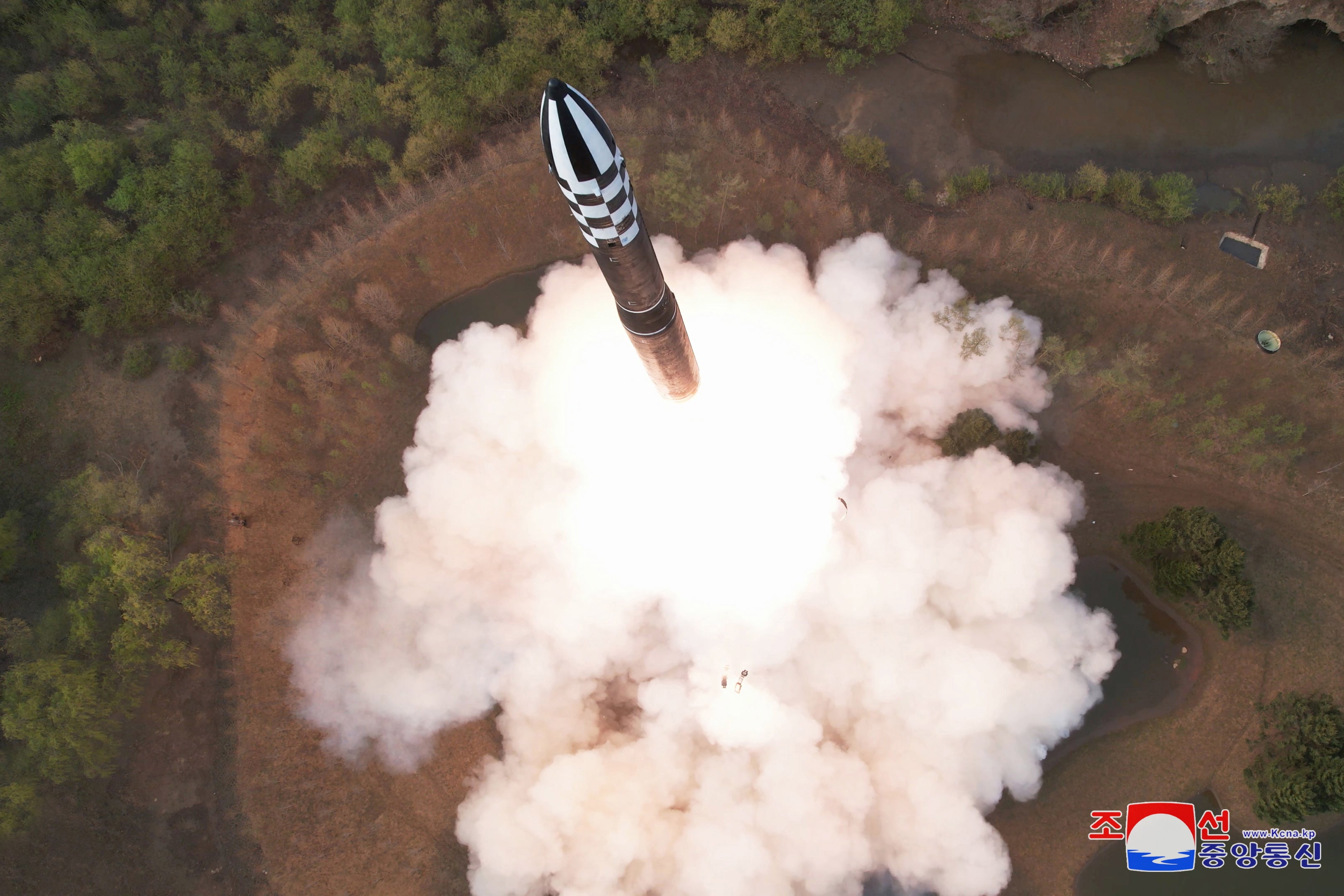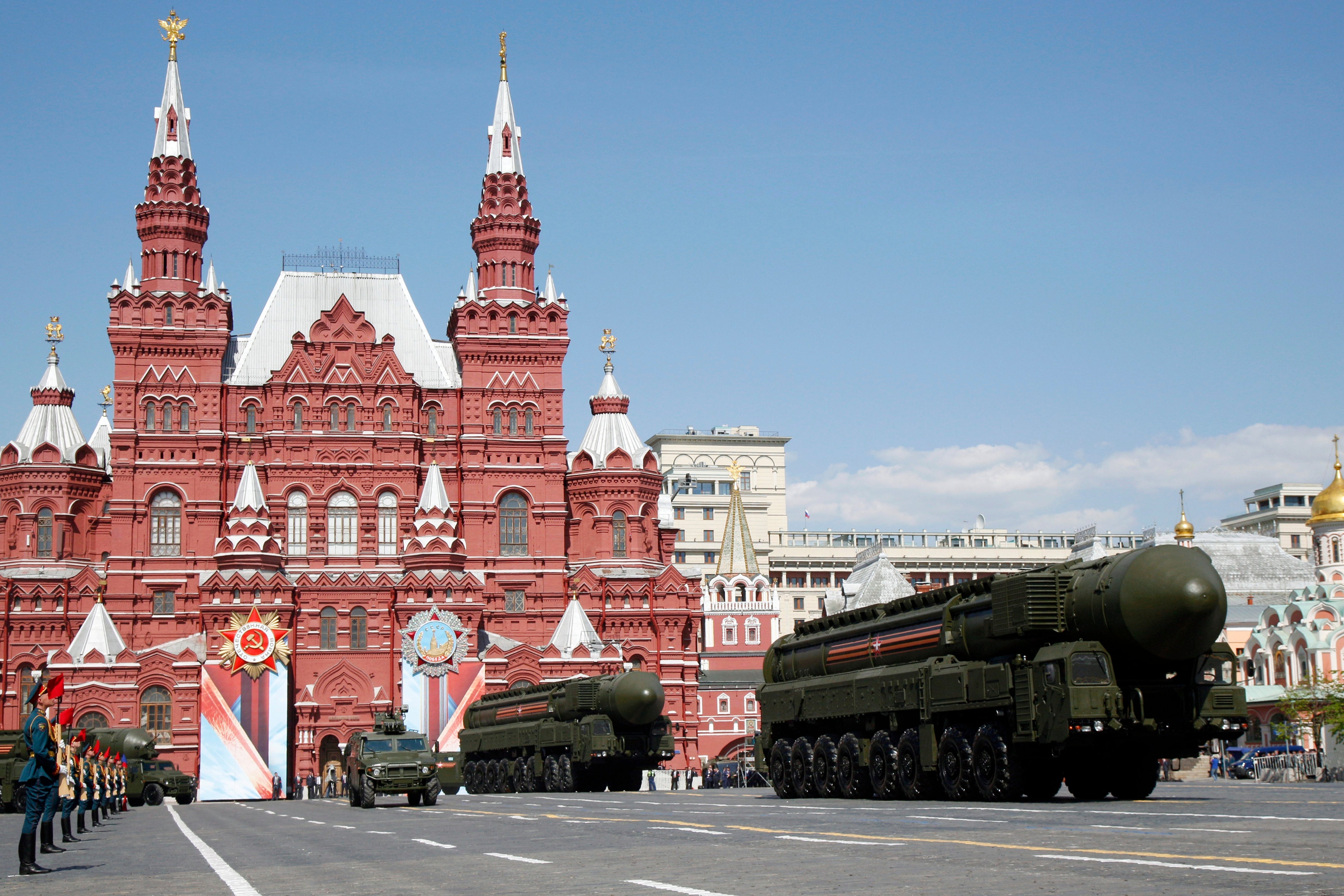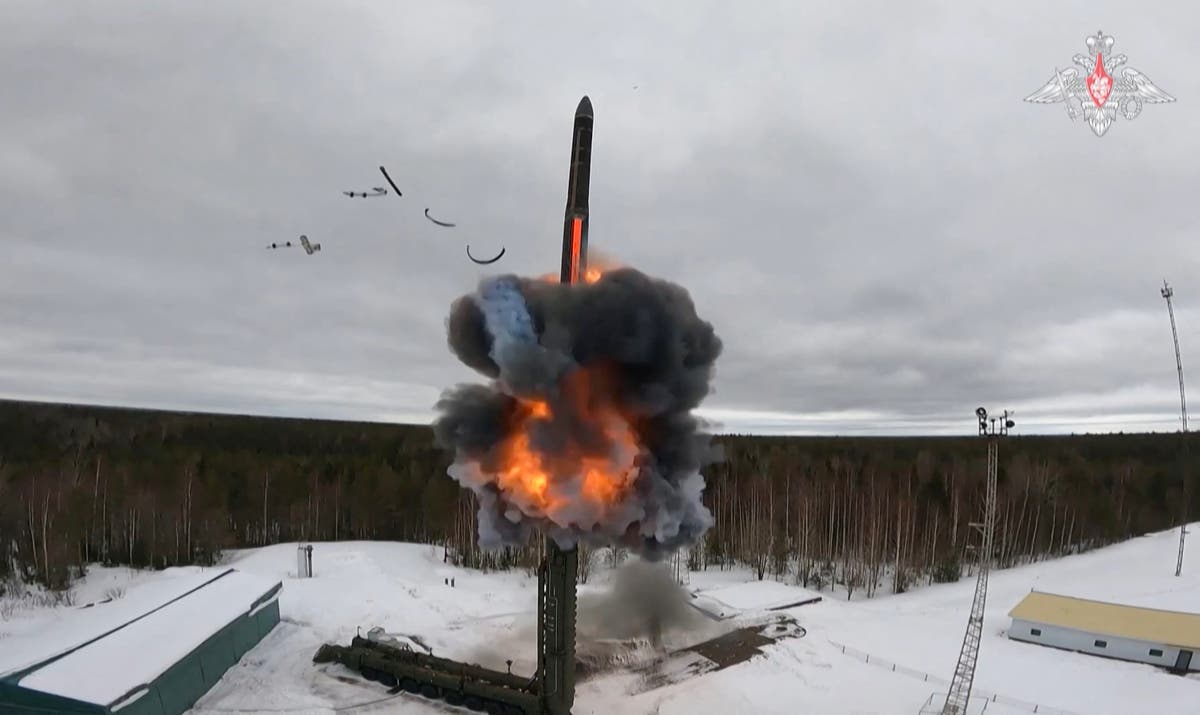As Ukraine deals with a suspected intercontinental ballistic missile (ICBM) strike on the city of Dnipro, the West has been quick to downplay the use of the long-range and difficult-to-detect warheads amid fears it could escalate the conflict.
If the Ukraine air force are correct, the strike on Dnipro would be the first known use in the war of the weapon designed to avoid defences and carry out nuclear strikes thousands of miles away.
Here we take a look at the highly experimental weapons and how many do Russia potentially has at its disposal.

What are ICBMs?
Intercontinental ballistic missiles are strategic weapons designed to deliver long-distance nuclear warheads and are an important part of Russia’s nuclear deterrent.
ICBMs have a range of more than 3,400 miles.
While the range of an ICBM would seem excessive for use against Ukraine, such missiles are designed to carry multiple nuclear warheads – a reminder of Russia’s nuclear capability amid fears of a potential escalation.
Although defence systems like Patriot have proven effective against advanced missiles, they are not designed to counter ICBM threats.
How many ICBMs does Russia have?
According to an Arms Control Centre report published in 2022, it is estimated that Russia has roughly 306 strategic ICBMs, that together can carry up to 1,185 nuclear warheads.
These include the SS-27 Mod 1 (Topol-M) and the SS-27 Mod 2 (Yars), both capable of carrying multiple nuclear warheads.
Additionally, Russia is reportedly developing the Sarmat (SS-X-30) missile that is advertised as larger and more capable than previous designs.
Alongside the Sarmat, Russia is also said to be developing a hypersonic glide vehicle known as Avangard.
During the Cold War, the Russians developed hundreds of ICBMs named Satan, Stiletto and Sickle.
Since Putin came to power in 2000, the Kremlin has worked to upgrade the Soviet-built components of the triad, deploying hundreds of new land-based missiles, commissioning new nuclear submarines and modernising nuclear-capable bombers.
Russia is said to have re-equipped its land-based strategic missile forces with mobile Yars ICBMs and recently began deploying the heavy, silo-based Sarmat ICBMs — labelled “Satan II” missiles in the West — to gradually replace about 40 Soviet-built R-36M missiles.
Sarmat has had only one known successful test, and reportedly suffered a massive explosion during an abortive test last month.

‘ICBM fired by Russia was an RS-26 Rubezh’
A Russian intercontinental ballistic missile that Ukraine says was fired at the city of Dnipro on Thursday was an RS-26 Rubezh, Ukraine’s Ukrainska Pravda media outlet reported, citing anonymous sources.
Although Ukraine’s air force, which stating that Russia had fired an ICBM at Dnipro, did not specify the type of missile. It said an intercontinental ballistic missile was fired at Dnipro city along with eight other missiles, and that the Ukrainian military shot down six of them.
Two people were wounded as a result of the attack, and an industrial facility and a rehabilitation centre for people with disabilities were damaged, according to local officials.

What is a RS-26 Rubezh?
According to the Arms Control Association, the RS-26 has a range of 5,800 km and can reach supersonic speeds of around 4,000mph.
The speed makes it extremely difficult to intercept for existing missile defence systems.
The RS-26 Rubezh is designed to carry a warhead weighing up to 1,200 kilograms, a payload equivalent to three Iskander missiles combined.
But unlike the laser-guided Iskander missiles the RS-26 Rubezh is relatively untested increasing the likelhood of inaccurate strikes and collateral damage to civilians.

Are ICBMs legal?
The development of the RS-26 breaks the Intermediate-Range Nuclear Forces (INF) Treaty, which banned missiles with ranges over 500 and under 5,000km.
But the treaty collapsed in 2019 after alleged violations from both Russia and the US which removed restrictions on the use of ICBMs.



